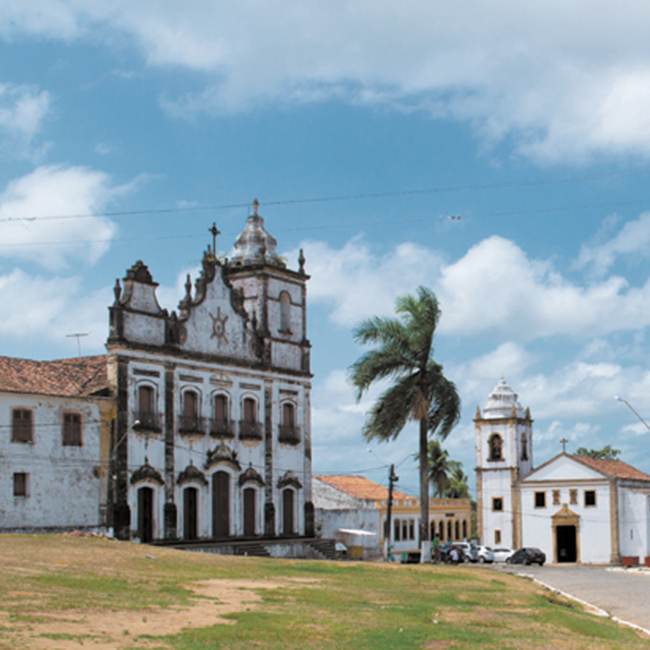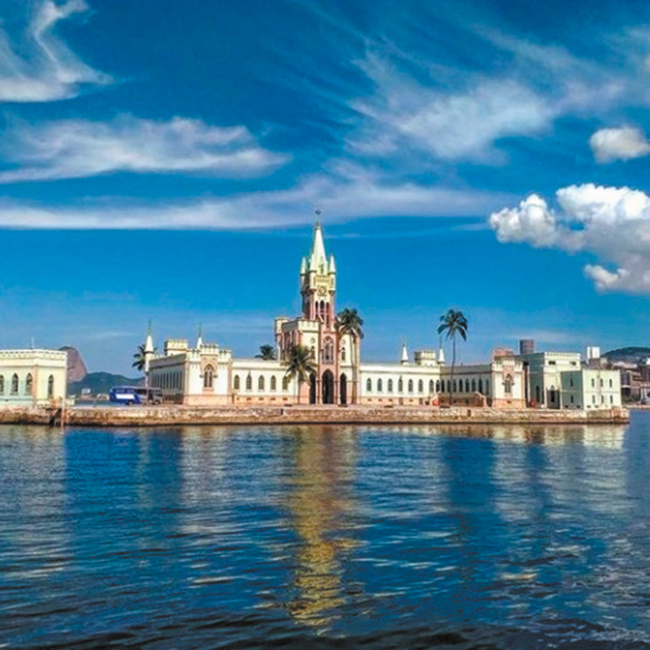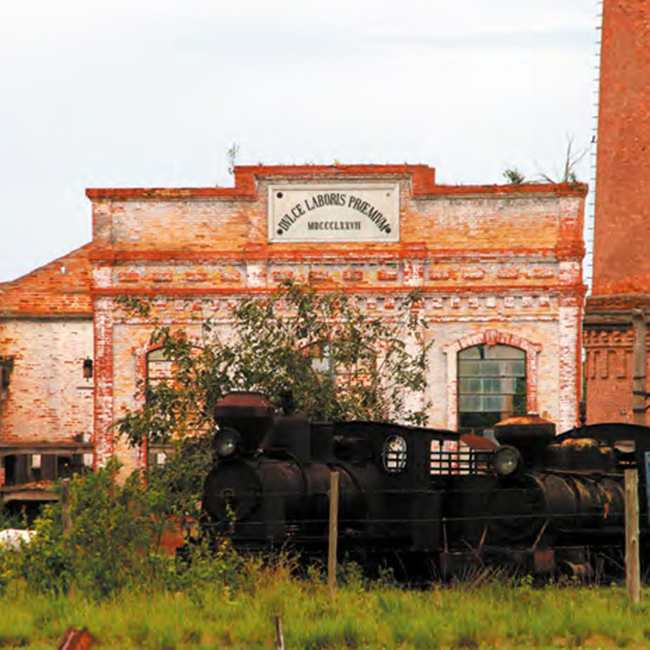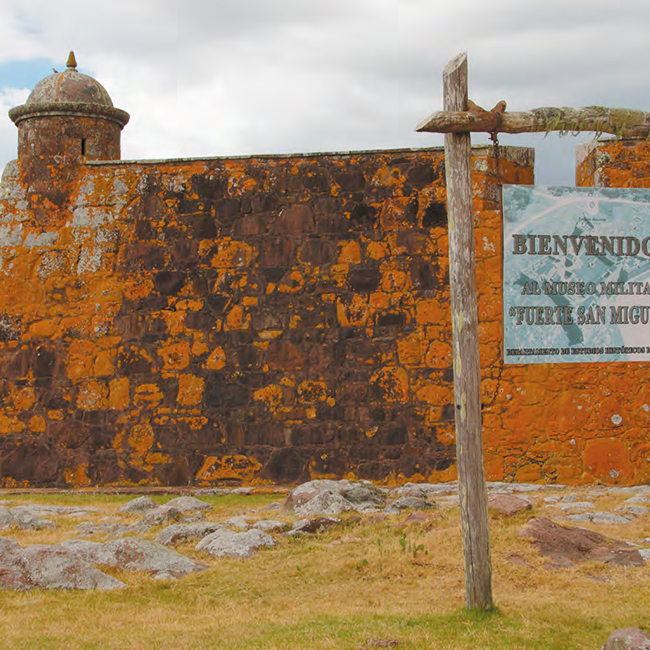IV Volume
Atlas gathers geography and literature to depict the Brazilian coast
June 25, 2021 10h00 AM | Last Updated: June 28, 2021 11h05 AM
Highlights
- This is the fourth volume in the Atlas of Literary Representations of Brazilian Major Regions series, an innovative project that identifies and characterizes geographic regions based on works of national literature.
- In addition to excerpts from the novels, the Atlas features photos, satellite images and maps at different scales.
- In this volume, Costa Brasileira (Brazilian Coast), territories from Rio Grande do Sul to Belém and the mouth of the Amazon River are covered, passing through Santos, Rio de Janeiro, Salvador and Olinda, Recife and the Mills' coast, among others.
- The atlas includes great authors such as Jorge Amado, João Ubaldo Ribeiro, Dalcídio Jurandir, Ana Miranda, José Lins do Rego, José Cândido de Carvalho, Assis Brasil, Maria Firmina and Lima Barreto, with special mention to Machado de Assis, in the month of his 182nd birthday.
From Rio Grande de São Pedro, in Rio Grande do Sul, up to Belém and the mouth of the Amazon River, the path along the Brazilian coast can be traveled in great company. Brazilian writers such as Jorge Amado, João Ubaldo Ribeiro, Ana Miranda, José Lins do Rego and José Cândido de Carvalho lend us their works to gather geography and literature together in the fourth volume of the series Atlas of Literary Representations of the Brazilian Major Regions, named Brazilian Coast, released today (June 25) by the IBGE.











The book is a continuation of the collection that began with Brasil Meridional (Southern Brazil - 2006) and Sertões Brasileiros I and II (- Brazilian Arid Areas I and II - 2009 and 2016) and which will also have a fifth volume, Amazônia (Amazon), which is yet to be released. In addition to the excerpts from novels, there are photos, satellite images and maps at different scales that portray the landscapes of the Brazilian regions that set the scene of great works of national literature.
Costa brasileira (Brazilian Coast) comprises the regions settled by the entrance of Europeans in lands that became Portuguese Colonies, whose occupation was determined by the strategic interests of the Crown, as land protection and wealth exploitation.
“This volume is quite important, because it addresses specifically the beginning of the land occupation process and how it behaved along time. There are cities which were occupied since the very beginning of the colonial period”, says geographer Maria Lúcia Vilarinhos, who is in charge of the project. “Our coastline is long and characterized by the presence of some of our major metropolises”. The result, according to her, is a significant literary expression, either of authors and of readers and critics.
A place of arrivals and departures, the Coast also witnessed one of the most striking processes in the formation of Brazilian society – the coming of African populations who were violently torn from their territories of origin to be enslaved here. Slavery and its impacts on Brazilian social formation, as well as the presence of groups of original inhabitants of what is today Brazil, are also present in the plot of several national novels.
“It is important to say that the book is not comprehensive in terms of covering the entire length of the Brazilian coast, because it would be impossible. Nor is it comprehensive in relation to the novels, because it would be impossible as well to include all the literary production about certain regions”, explains Ms. Vilarinhos. “We have a very rich volume, with writers and national works that are very important for understanding the occupation of the territory”.
Ms. Vilarinhos highlights the role of Machado de Assis – “our greatest author”, founder of the Brazilian Academy of Letters, born on June 21, 1839. “Machado is a brilliant author because he portrays the society in which he lives at that time, but also allows us to understand Brazilian society to this day”, she claims. It is not by chance that the month in which he would celebrate his 182nd birthday was chosen for the launch of Costa Brasileira. The tribute is a way of recognizing literature as a “luxury, invaluable instrument”, to understand our society and our territory.




















